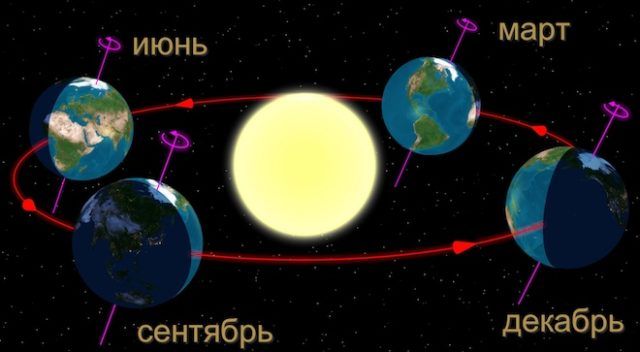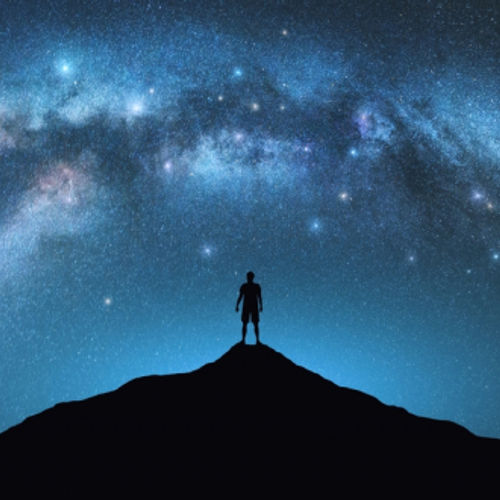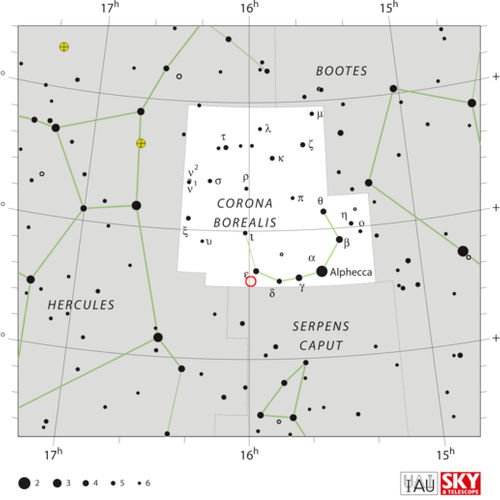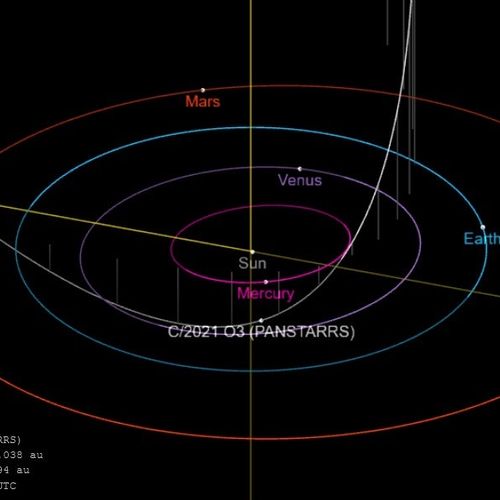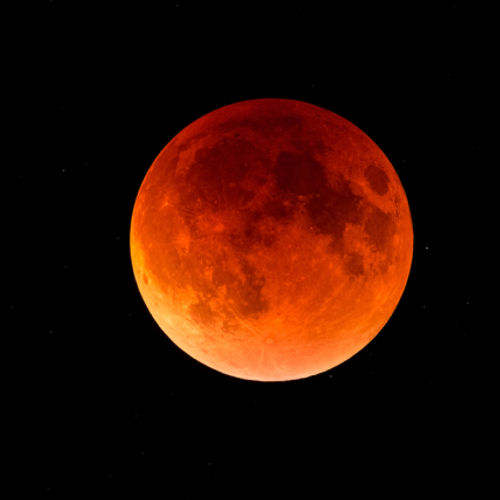
| Added | Wed, 22/12/2021 |
| Источники | |
| Дата публикации | Wed, 22/12/2021
|
| Версии |
Our world depends on the light of a huge star called the Sun. If you don't like waking up and falling asleep in the dark, rejoice — the winter solstice will come on December 21 at 18:59 (Moscow time)!
The winter solstice is an astronomical phenomenon; it occurs when the tilt of the Earth's axis of rotation in the direction from the Sun takes on the greatest importance.
The position of the Earth at the solstice and equinox. © Wikimedia Commons
And although the astronomical winter has just begun, the days will slowly begin to lengthen, and the sun will delight longer with timid winter rays.
1. There are two winter solstices every year
Each hemisphere has its own winter solstice. Since the planet's orbit is tilted on its axis, the earth's hemispheres receive direct sunlight alternately. In the Northern Hemisphere, the winter solstice occurs on December 21-22, and in the Southern Hemisphere — June 20-21 (we call it summer). And here's what it looks like from space:
2. The winter solstice happens in an instant
Although the calendar gives an entire day for the event, in fact the Sun stands over the tropic of Capricorn for a very short period of time.
3. The winter solstice occurs in different countries on different days
But not always. It all depends on the time difference between the countries.
4. This is the first day of winter... or not — depends on who you ask
There are two ways to consider this question — meteorological seasons and astronomical seasons. Meteorological seasons are based on the annual temperature cycle, and astronomical seasons are based on the position of the Earth relative to the Sun. For an astronomer, winter begins today.
5. The winter solstice is a time of long shadows
Right now the Sun is at its lowest position in the sky and the shadows from its rays are the longest.
6. The full moon on the winter solstice is extremely rare
Since 1793, the full moon has appeared on the night sky at the winter solstice only a dozen times.
7. The winter solstice is associated with Christmas
People have celebrated the winter solstice throughout history. The Romans walked on the Saturnalia festival, the Germanic and Scandinavian pagans celebrated Yule, the Slavs celebrated Kolyada. Even Stonehenge is associated with the solstice. To attract pagans to their faith, Christians have added religious significance to their traditional holidays. Many Christmas customs, such as the Christmas tree, are directly related to the celebration of the solstice.
8. The Winter Solstice is a reminder of how grateful we are to Copernicus
The English word "solstice" (solstice) comes from the Latin solstitium, which means "the point when the Sun stands still". Before the Renaissance astronomer Nicolaus Copernicus, who was the first to declare the heliocentric system of the world, people believed that the Earth was stationary and the Sun revolved around it. Use of the word "solstice" - a beautiful reminder of how our knowledge of the world has advanced thanks to medieval thinkers who encroached on the indisputable status quo.
The position of the Earth at the solstice and equinox. © Wikimedia Commons
Новости со схожими версиями
Log in or register to post comments
